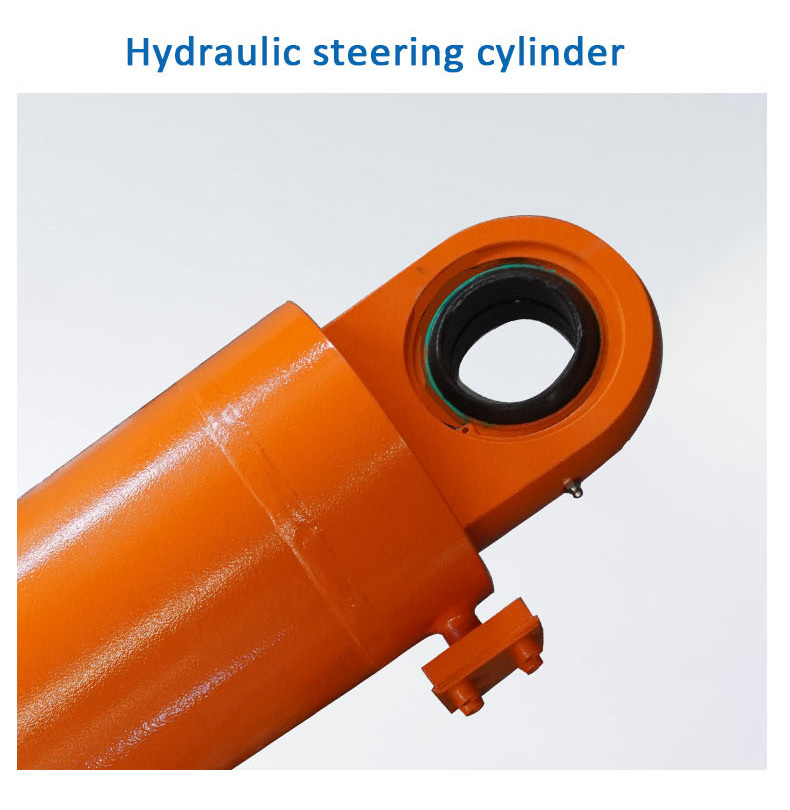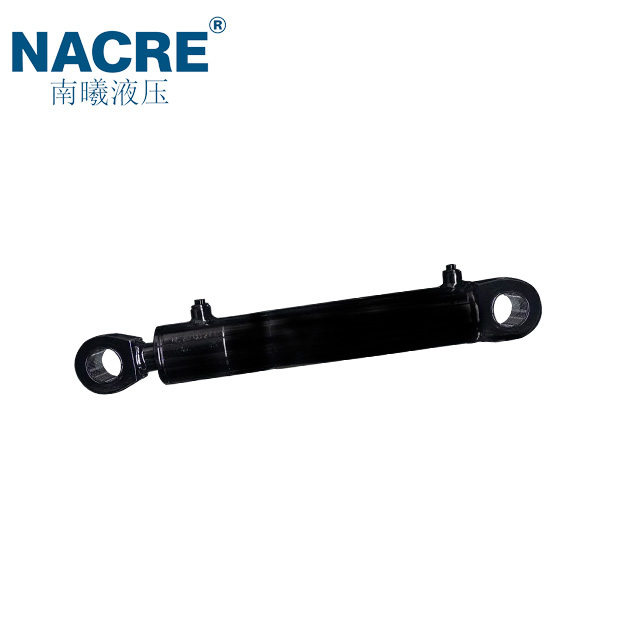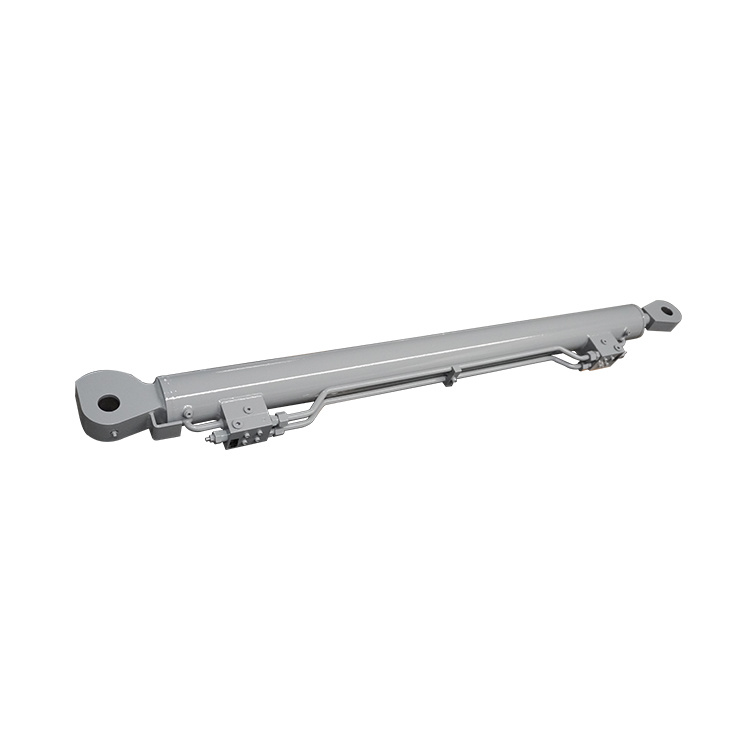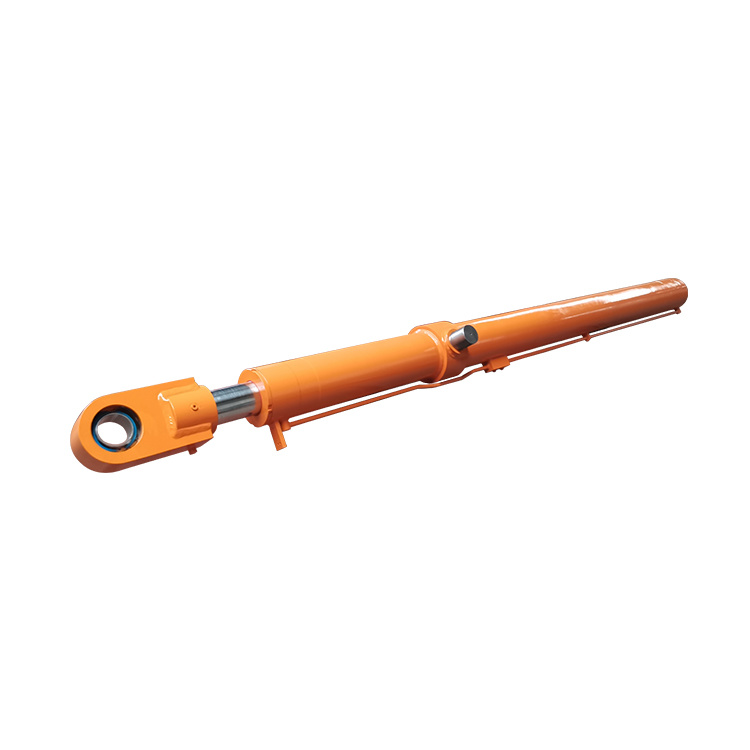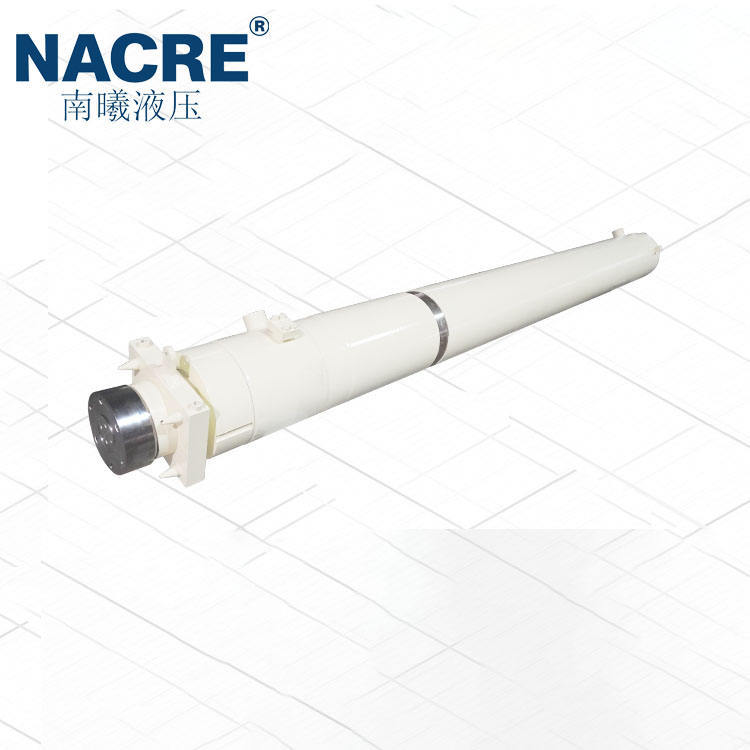Understanding Maritime Port Hydraulic Cylinders: Essential Insights for Industrial Applications
2025-07-03
Hydraulic cylinders are vital components in the maritime industry, particularly in port operations. These devices convert hydraulic energy into mechanical energy, providing the necessary force to lift, lower, and maneuver heavy loads. In the context of maritime ports, hydraulic cylinders are commonly used in various applications including cranes, loading and unloading equipment, and ship docking systems.
One of the primary functions of maritime port hydraulic cylinders is to facilitate the loading and unloading of cargo from ships. The efficient operation of cranes, which often rely on hydraulic cylinders for lifting and extending their arms, is crucial for ensuring that cargo is moved swiftly and safely. This not only maximizes the throughput of a port but also minimizes the risk of accidents and damage to goods.
In addition to cranes, hydraulic cylinders play an essential role in operating other equipment such as hydraulic ramps and various types of trailers used in loading docks. These applications require cylinders that are robust and capable of withstanding harsh environmental conditions, including exposure to salt water and extreme weather. Therefore, selecting hydraulic cylinders that are specifically designed for maritime use is critical.
When choosing a hydraulic cylinder for marine applications, factors such as load capacity, stroke length, and mounting options must be considered. It's also important to evaluate the material construction of the cylinders, as marine environments can lead to corrosion and wear over time. Stainless steel or specially coated cylinders are often preferred for their durability and resistance to corrosion.
Maintenance is another crucial aspect of ensuring the longevity and reliability of maritime port hydraulic cylinders. Regular inspections and preventive maintenance not only help identify potential issues before they become serious problems but also ensure that the equipment operates at peak efficiency. Proper fluid levels, seals, and fittings should be routinely checked to prevent leaks and system failures.
Moreover, with the advancement in technology, some modern hydraulic cylinders come equipped with smart sensors that provide real-time data on performance and condition. This innovation can significantly enhance operational efficiency by allowing for predictive maintenance and timely decision-making.
In summary, maritime port hydraulic cylinders are indispensable for the smooth operation of port facilities. Their ability to handle heavy loads with precision and reliability makes them a cornerstone of marine logistics. When selecting and maintaining these hydraulic systems, it’s critical to consider their specific environmental demands and operational requirements to ensure maximum efficiency and safety in port operations. Understanding these aspects can lead to more informed decisions, ultimately contributing to the success of maritime port activities.
One of the primary functions of maritime port hydraulic cylinders is to facilitate the loading and unloading of cargo from ships. The efficient operation of cranes, which often rely on hydraulic cylinders for lifting and extending their arms, is crucial for ensuring that cargo is moved swiftly and safely. This not only maximizes the throughput of a port but also minimizes the risk of accidents and damage to goods.
In addition to cranes, hydraulic cylinders play an essential role in operating other equipment such as hydraulic ramps and various types of trailers used in loading docks. These applications require cylinders that are robust and capable of withstanding harsh environmental conditions, including exposure to salt water and extreme weather. Therefore, selecting hydraulic cylinders that are specifically designed for maritime use is critical.
When choosing a hydraulic cylinder for marine applications, factors such as load capacity, stroke length, and mounting options must be considered. It's also important to evaluate the material construction of the cylinders, as marine environments can lead to corrosion and wear over time. Stainless steel or specially coated cylinders are often preferred for their durability and resistance to corrosion.
Maintenance is another crucial aspect of ensuring the longevity and reliability of maritime port hydraulic cylinders. Regular inspections and preventive maintenance not only help identify potential issues before they become serious problems but also ensure that the equipment operates at peak efficiency. Proper fluid levels, seals, and fittings should be routinely checked to prevent leaks and system failures.
Moreover, with the advancement in technology, some modern hydraulic cylinders come equipped with smart sensors that provide real-time data on performance and condition. This innovation can significantly enhance operational efficiency by allowing for predictive maintenance and timely decision-making.
In summary, maritime port hydraulic cylinders are indispensable for the smooth operation of port facilities. Their ability to handle heavy loads with precision and reliability makes them a cornerstone of marine logistics. When selecting and maintaining these hydraulic systems, it’s critical to consider their specific environmental demands and operational requirements to ensure maximum efficiency and safety in port operations. Understanding these aspects can lead to more informed decisions, ultimately contributing to the success of maritime port activities.
Previous Page
Previous Page
Questions?
We are here to help.



